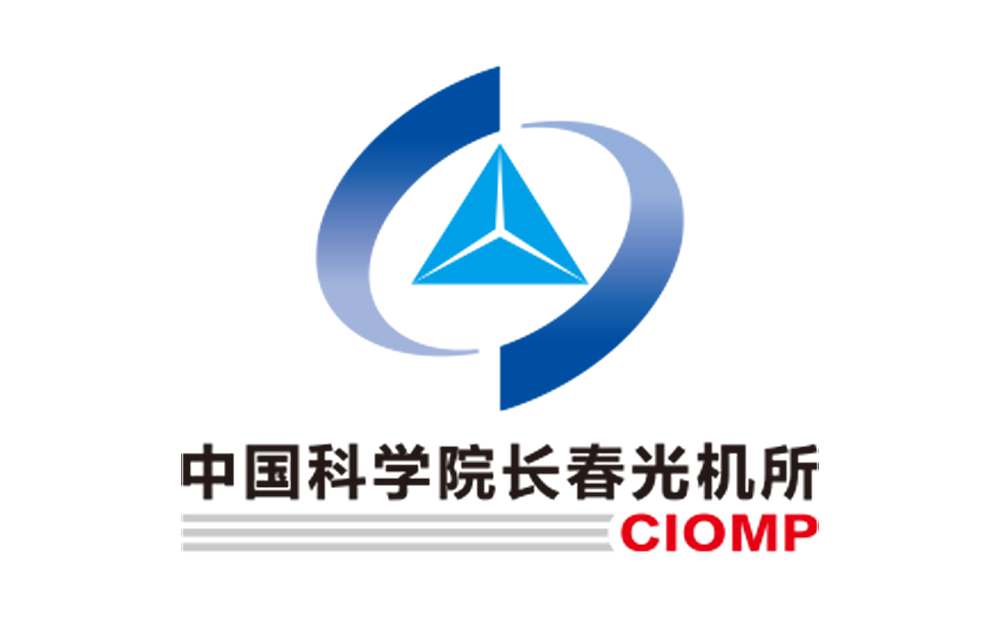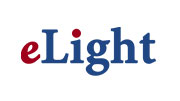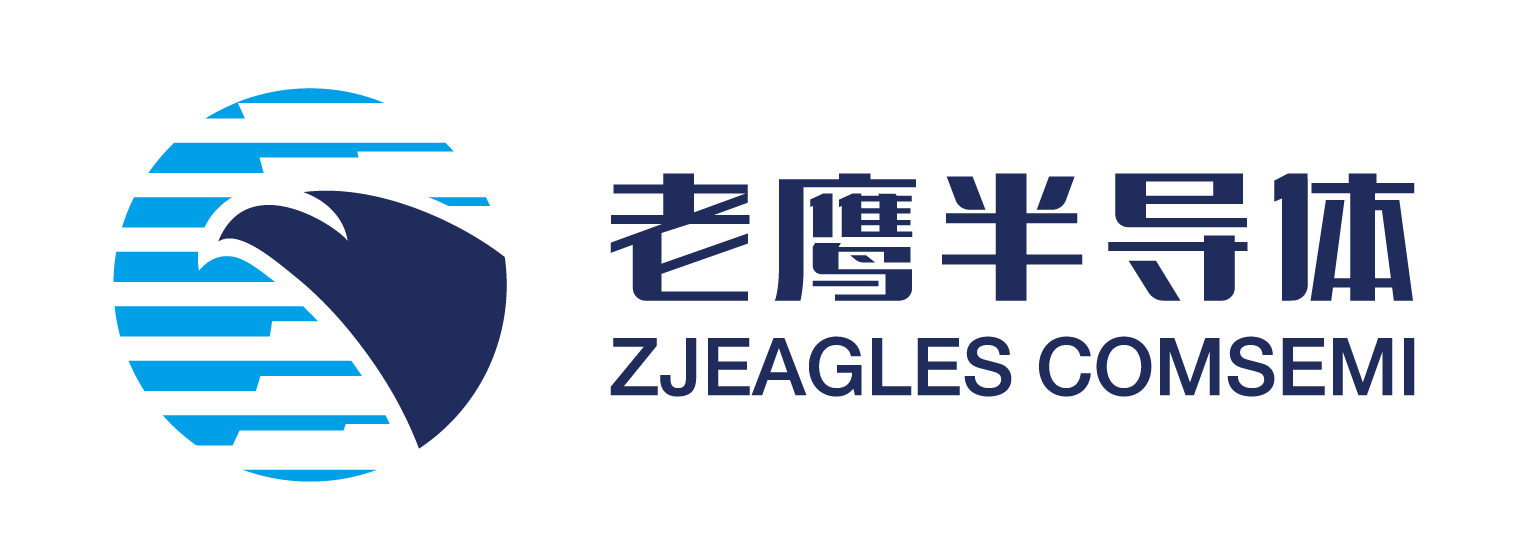About Asian VCSEL-Day 2024
View and download the program of this conference : AVD 2024 Program.
The Second Asian VCSEL Day is the premier event dedicated to Vertical-Cavity Surface-Emitting Lasers (VCSELs). Building on the success of the inaugural 2023 event, this conference will gather leading scientists, engineers, and industry experts from Asai and two guest speakers form Germany and Russia to share their latest research, innovations, and applications in the field of VCSEL technology.
The upcoming 2nd AVD is scheduled to take place on October 13th and 15th 2024, which is organized by “Bimberg Chinese-German Center for Green Photonics" of Chinese Academy of sciences at CIOMP in Changchun, Tokyo Institute of Technology and Light Publishing Group.
The key topics includes but not limit as below:
Data Communication: Advances in VCSELs for high-speed data transmission.
5G Front-Haul: VCSEL applications in next-generation telecommunications.
3D Sensing and Imaging: Cutting-edge developments in 3D sensing technologies.
Automotive Applications: Innovations in LiDAR and other automotive uses.
Medical Applications: VCSELs in medical imaging and therapy.
Silicon Photonics:Integration of VCSELs with silicon photonics for various applications.
Industrial Uses: Industrial welding, cutting, and other manufacturing applications.
会议通知下载 / Conference Notification Download
Honorary Chair International Chairs International Committee Local Chair Local Vice Chairs

Kenichi Iga
Tokyo Institute of Technology
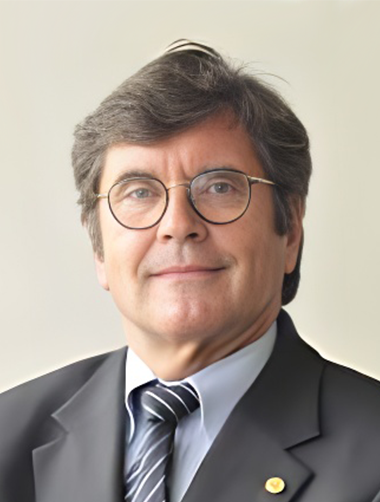
Dieter Bimberg
Changchun Institute of Optics, Fine Mechanics and Physics, Chinese Academy of Sciences & Technische Universität Berlin
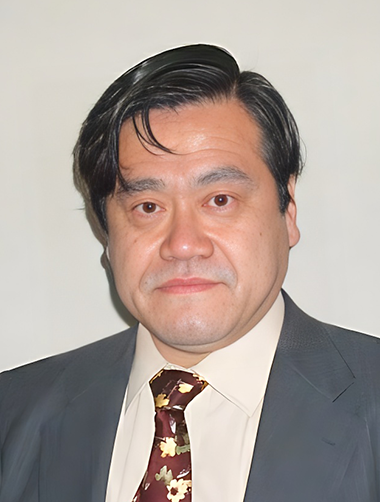
Fumio Koyama
Tokyo Institute of Technology
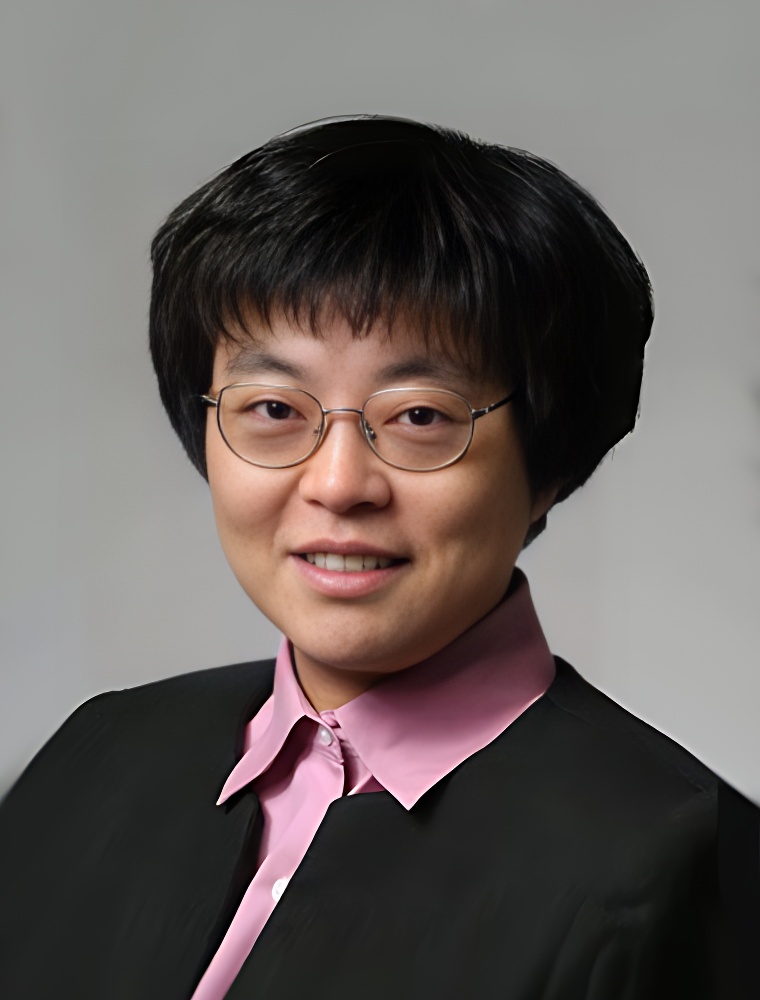
Connie Chang-Hasnain
Berxel Photonics Co., Ltd.

Lijun Wang
Changchun Institute of Optics, Fine Mechanics and Physics, Chinese Academy of Sciences

Hao-Chung (Henry) Kuo
Chiao Tung University

Jun (Mike) Wang
Suzhou Everbright Photonics Ltd. Co.

Xuejun Zhang
Changchun Institute of Optics, Fine Mechanics and Physics, Chinese Academy of Sciences

Dabing Li
Changchun Institute of Optics, Fine Mechanics and Physics, Chinese Academy of Sciences

Yuhong Bai
Changchun Institute of Optics, Fine Mechanics and Physics, Chinese Academy of Sciences

Yongqiang Ning
Changchun Institute of Optics, Fine Mechanics and Physics, Chinese Academy of Sciences

Cunzhu Tong
Changchun Institute of Optics, Fine Mechanics and Physics, Chinese Academy of Sciences
Invited Talk

Prof. Kenichi Iga
Tokyo Institute of Technology
More Information 
X

Prof. Kenichi Iga
Tokyo Institute of Technology
Abstract :In this review talk, we will trace the development of the vertical-cavity surface-emitting laser (VCSEs) from its conception by the author in 1977 to their significant role in today's social life. We will begin with explaining the basic concept of the VCSEL, followed by a discussion on its principle. We learn principal device physics, including resonant cavities, active regions, highly reflective distributed Bragg reflectors (DBRs) and high-contrast grating (HCG) reflectors, threshold conditions, power output, direct modulation, noise, and arrays. From a device perspective, we will explore the technologies of current and optical confinement. We will then introduce the advantages and characteristics of VCSELs for various applications. Finally, we will highlight the key features of these applications and how their underlying principles are utilized in communication and sensing technologies. If time permits, we will also discuss on micro-cavities and photon behavior connecting to quantum technology.

Prof. Fumio Koyama
Tokyo Institute of Technology
More Information 
X

Prof. Fumio Koyama
Tokyo Institute of Technology

Dr. Jianxing Wang
Berxel Photonics Co., Ltd.
More Information 
X

Dr. Jianxing Wang
Berxel Photonics Co., Ltd.
Abstract: Multimode vertical cavity surface emitting lasers (VCSELs) are attractive for short-reach optical interconnects used in data centers and AI computing due to their low power consumption and cost effectiveness. However, the modulation bandwidth bottleneck as well as the chromatic dispersion are limiting VCSEL’s transmission volume and distance. High contrast meta-surface (HCM) technology such as high contrast grating (HCG) could be used to control the transverse modes, enhance the bandwidth and improve the beam quality. HCG VCSEL’s supreme advantages in 3D sensing and high-power application will also be discussed.

Prof. Cunzheng Ning
Shenzhen Technology University
More Information 
X

Prof. Cunzheng Ning
Shenzhen Technology University
Abstract: Rapid expanding applications such as AI-related computation have exacerbated demands for higher modulation speed of semiconductor lasers such as VCSELS. At the same time, design optimization for high-speed modulation of semiconductor lasers has reached the saturation stage where significant progress in modulation speed becomes more and more difficult. It is high time to focus on different mechanisms and go beyond the limit imposed by the relaxation oscillation. In this talk, experimental as well as simulation results exploring inter-mode and inter-VCSEL couplings would be presented.

Dr. Jun Wang
Suzhou Everbright Photonics Ltd. Co.
More Information 
X

Dr. Jun Wang
Suzhou Everbright Photonics Ltd. Co.
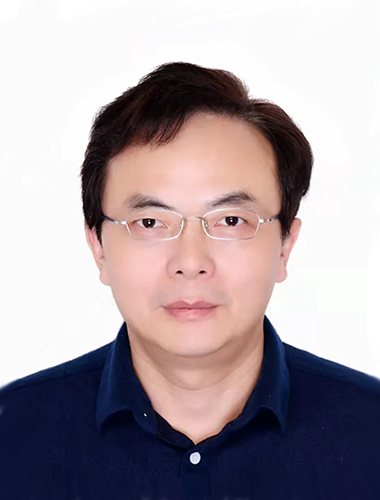
Dr. Ping Gong
WaferChina Co., Ltd.
More Information 
X

Dr. Ping Gong
WaferChina Co., Ltd.
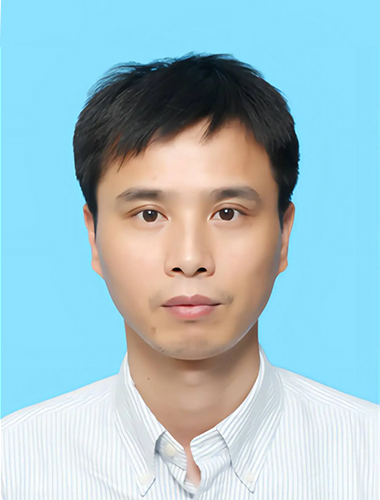
Dr. Anjin Liu
Institute of Semiconductors, CAS
More Information 
X

Dr. Anjin Liu
Institute of Semiconductors, CAS
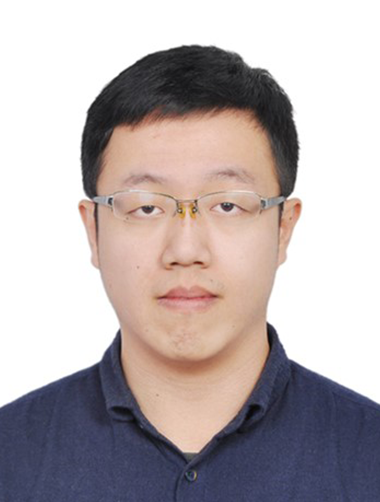
Dr. Dawei Ge
Department of Fundamental Network Technology, China Mobile Research Institute
More Information 
X

Dr. Dawei Ge
Department of Fundamental Network Technology, China Mobile Research Institute
Abstract: With the brust of AI large model, conventional data centers are now transforming into intelligent computing centers with more GPUs and network devices responsible for interconnections. Due to the rapidly increasing scale of GPUs, the transmission distance and capacity grow simultaneously. VCSEL, as the dominant optical module option for DCN, is facing great pressure from other approaches like Silicon photonics (SiFo) due to its reach limitation. The fundamental problem comes from the extremely impure data channel of multimode fiber (MMF). Antiresonant hollow-core fiber (AR-HCF) have witnessed steady progress in attenuation reduction (<0.1dB/km), as well as additional advantages like ultra-low nonlinearity, ultra-wide transmission window, low chromatic dispersion, and minimum latency, showing great potential on providing extremely pure data channel. In this talk, the concept of VCSEL transmission over AR-HCF will be introduced, featuring the benefits of extending VCSEL transmission reach and lowering overall latency.

Dr. Ryan Rao
Vertilite Co., Ltd.
More Information 
X

Dr. Ryan Rao
Vertilite Co., Ltd.

Prof. Tetsuya Takeuchi
Meijo University
More Information 
X

Prof. Tetsuya Takeuchi
Meijo University

Prof. Baoping Zhang
Xiamen University & Southern University of Science and Technology
More Information 
X

Prof. Baoping Zhang
Xiamen University & Southern University of Science and Technology

Prof. Friedel Gerfers
Technische Universität Berlin
More Information 
X

Prof. Friedel Gerfers
Technische Universität Berlin
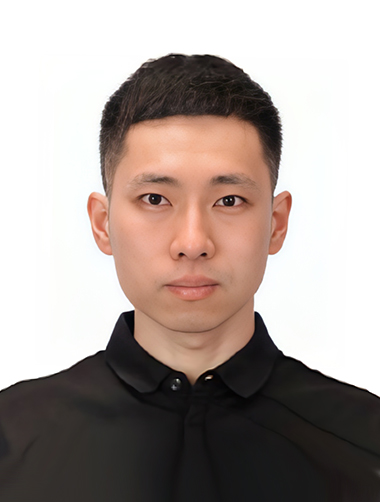
Prof. Sicong Tian
Changchun Institute of Optics, Fine Mechanics and Physics, Chinese Academy of Sciences
More Information 
X

Prof. Sicong Tian
Changchun Institute of Optics, Fine Mechanics and Physics, Chinese Academy of Sciences

Prof. Xiao Yao
Sichuan University
More Information 
X

Prof. Xiao Yao
Sichuan University

Prof. Nan Qi
Institute of Semiconductors, CAS
More Information 
X

Prof. Nan Qi
Institute of Semiconductors, CAS

Dr. Pan Cao
HiSilicon – Huawei
More Information 
X

Dr. Pan Cao
HiSilicon – Huawei

Dr. Xing Zhang
ACE Photonics
Hosts
Organizers
-
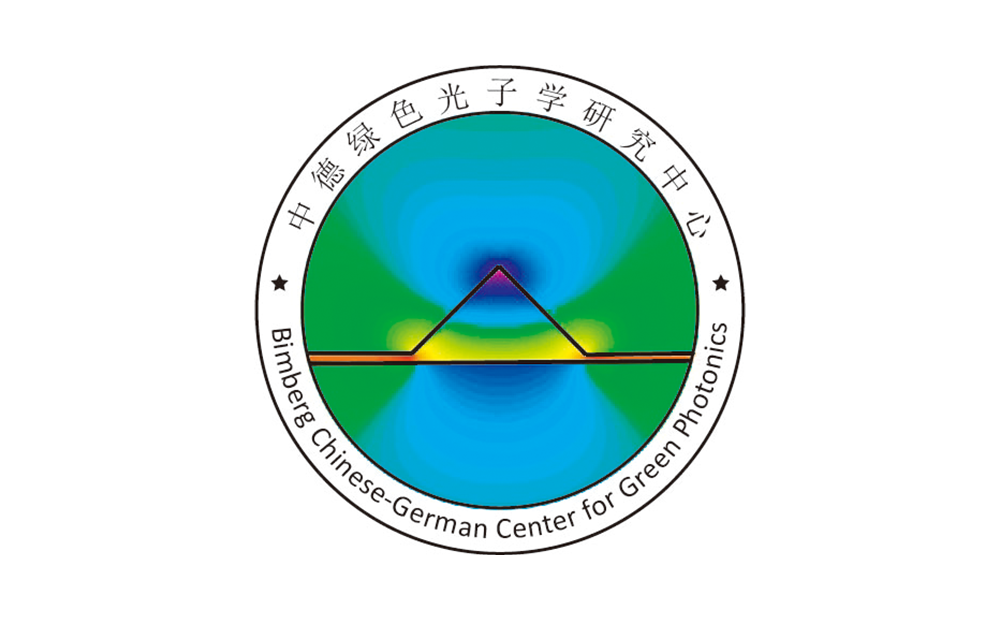
Bimberg Chinese-German Center for Green Photonics of Chinese Academy of Sciences at CIOMP
-

Tokyo Institute of Technology
-

Light Publishing Group



